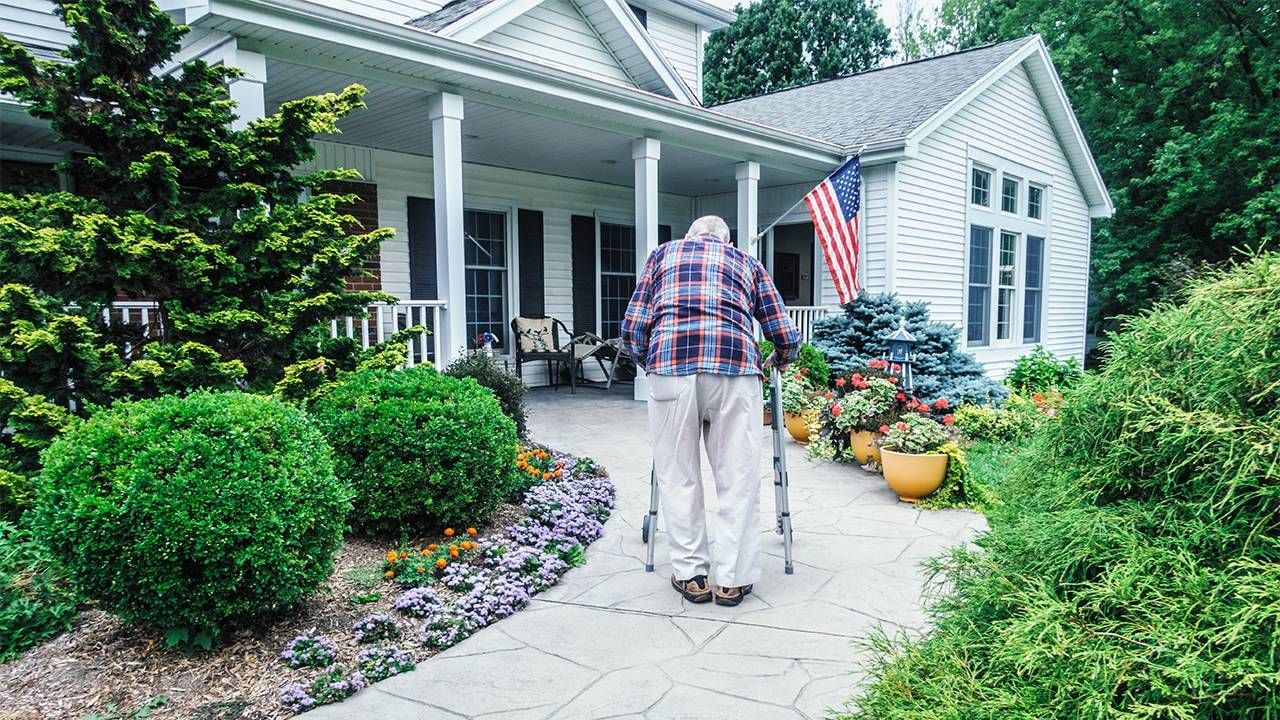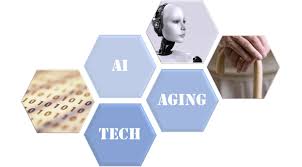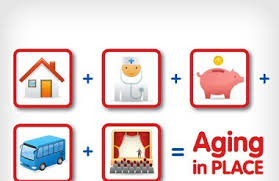Nuance Audio is a new option for people who resist traditional aids, from the company that makes Ray-Bans and operates LensCrafters.
Seekers of Meaning Podcast Posted Online March 7, 2025
What's Next Longevity Deal Talk Episode 32, January, 2025
Presentation: What's Next Longevity Venture Summit, June, 2025

 Home care is a labor-intensive business
Home care is a labor-intensive business Is aging in place a smart strategy? Here we go again. In a brand new and similarly rosy
Is aging in place a smart strategy? Here we go again. In a brand new and similarly rosy  You can read about AI -- it's discussed everywhere. Searches reveal the many
You can read about AI -- it's discussed everywhere. Searches reveal the many  Aging in place -- sounds good, but for many, it won't work. The optimistic older adulta like their home -- and they tell survey firms that they're going to stay. We've heard this before. Ironically, in those days, it may have been a practical idea -- but as older adults age into the years in which they need care, the rising cost of the care they need may outpace their ability to pay, so what then? Family members help out if there are any, if they can, if they're nearby, and if they are willing. A lot of ifs. For the rest, we are entering a period in which more creative options will be needed and some old words, like 'roommates' and 'co-housing' will resurface.
Aging in place -- sounds good, but for many, it won't work. The optimistic older adulta like their home -- and they tell survey firms that they're going to stay. We've heard this before. Ironically, in those days, it may have been a practical idea -- but as older adults age into the years in which they need care, the rising cost of the care they need may outpace their ability to pay, so what then? Family members help out if there are any, if they can, if they're nearby, and if they are willing. A lot of ifs. For the rest, we are entering a period in which more creative options will be needed and some old words, like 'roommates' and 'co-housing' will resurface. You know homeowners plan to ‘age in place’ – repeated across all surveys. It makes sense to them – they like their homes, locations, their familiar neighborhoods, shops, their friends, and neighbors.
You know homeowners plan to ‘age in place’ – repeated across all surveys. It makes sense to them – they like their homes, locations, their familiar neighborhoods, shops, their friends, and neighbors.